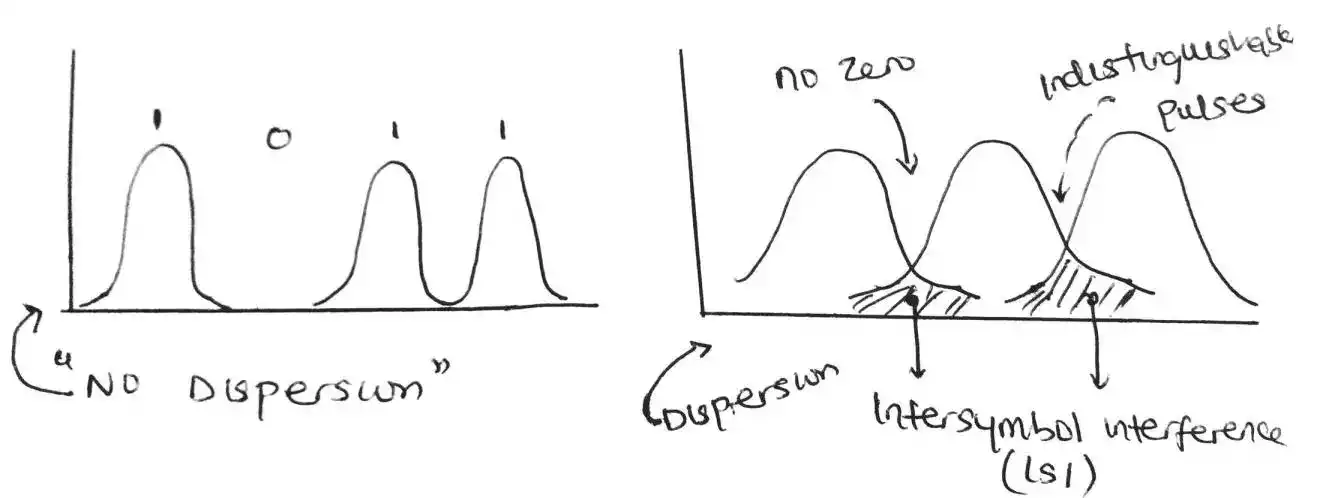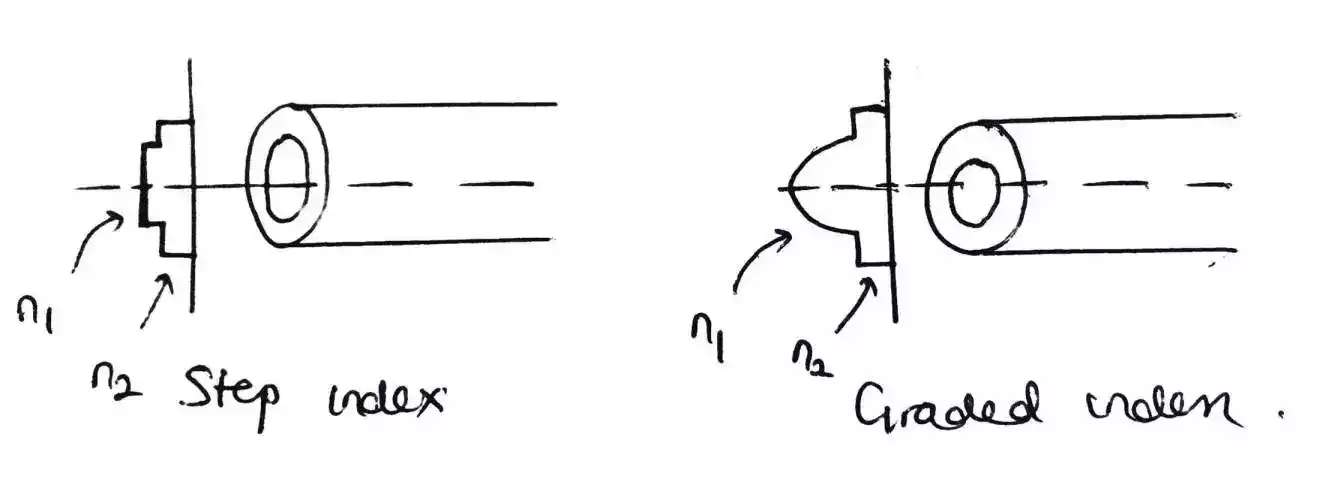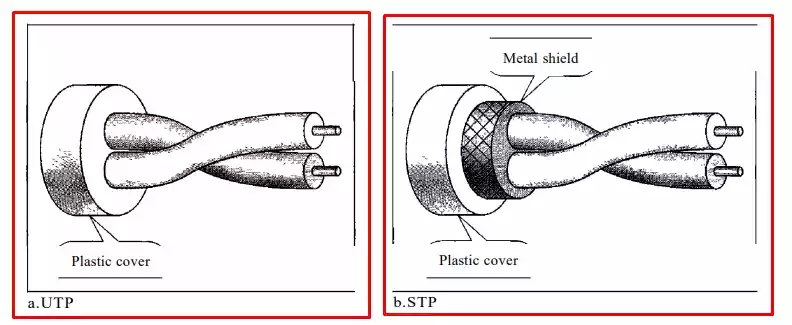What are De Facto and De Jure Standards in Computer Networking?
In the sphere of computer networking, standards play a vital role in ensuring interoperability and seamless communication between various devices and systems.
Two common types of standards that exist in this domain are de facto and de jure standards.

In this article, we will explore the intricacies of these standards, their characteristics, and provide relevant examples to illustrate their significance.
Table of Contents
Introduction
Computer networking relies on the adherence to specific protocols and guidelines to establish a common language for devices to communicate effectively.
Standards, whether de facto or de jure, are essential in achieving this compatibility and enabling smooth interactions between different technologies.
Understanding Standards
What are Standards?
Standards are established guidelines or specifications that define how certain technologies should operate or interoperate.
They provide a common framework that ensures compatibility, consistency, and reliability across different systems.
Standards facilitate seamless communication, promote innovation, and drive technological advancements.
Read on: What are Standards and Protocols in Networking? Understand Their Differences
Importance of Standards in Computer Networking
In computer networking, standards are essential as they facilitate the exchange of information between devices, software, and networks.
They define protocols, data formats, and procedures for transmitting data, thereby enabling different devices and systems to communicate effectively.
Standards also promote interoperability, allowing various manufacturers and developers to create products that can work together seamlessly.
De Facto Standards
Definition and Characteristics
De facto standards, also known as “standards by practice,” are not formally sanctioned by any official standards organization.
They emerge through widespread adoption and usage by the industry or user community. De facto standards often evolve organically as a result of the success, popularity, or dominance of a particular technology or approach.
Examples of De Facto Standards
Ethernet is a prime example of a de facto standard for local area networks (LANs). It has become the widely accepted and dominant technology for wired networking.
Ethernet defines the protocols and technologies used for data transmission within LANs, allowing devices to communicate seamlessly.
Another example is the use of HTML (HyperText Markup Language) and HTTP (Hypertext Transfer Protocol) as de facto standards for the World Wide Web.
HTML provides the structure and formatting of web pages, while HTTP governs the communication between web browsers and web servers.
Although different web browsers exist, HTML and HTTP serve as the foundation for web content and interaction.
De Jure Standards
Definition and Characteristics
De jure standards, also known as “standards by law,” are formally established and recognized by official standards organizations.
These organizations, such as the International Organization for Standardization (ISO) and the Institute of Electrical and Electronics Engineers (IEEE), create and publish standards through rigorous processes that involve industry experts and stakeholders.
Examples of De Jure Standards
An example of a de jure standard in computer networking is the Ethernet standard defined by the IEEE 802.3 specification.
This standard provides the formal protocols and guidelines for wired LANs, ensuring compatibility and interoperability among networking devices.
In addition, the Internet Engineering Task Force (IETF) defines various de jure standards that govern the internet’s functioning, such as the Transmission Control Protocol (TCP) and Internet Protocol (IP).
These standards enable reliable data transmission and address the routing of data packets across networks.
Comparison between De Facto and De Jure Standards
While both de facto and de jure standards contribute to the development of computer networking, they differ in their origins, acceptance, and formal recognition.
De facto standards emerge through industry adoption and popular usage, whereas de jure standards are formally established by standards organizations.
De facto standards often arise due to market forces, technological advancements, or user preferences. They can evolve rapidly and provide flexibility in response to changing needs.
On the other hand, de jure standards undergo rigorous development processes and offer a higher level of formal recognition, stability, and accountability.
Pros and Cons of De Facto Standards
De facto standards have several advantages. They are usually driven by market demand, innovation, and practicality, allowing for faster adoption and implementation.
De facto standards also provide flexibility and adaptability to accommodate emerging technologies.
However, their voluntary nature may lead to fragmentation, compatibility issues, and lack of universal conformity.
Pros and Cons of De Jure Standards
De jure standards offer standardized frameworks and formal recognition, ensuring a higher level of compatibility and interoperability.
They provide stability, consistency, and a sense of trust in the industry. De jure standards also undergo rigorous evaluation, involving experts from different fields.
However, their formal processes and extensive documentation can sometimes hinder rapid innovation and adaptation to new technologies.
Role of Standards Organizations
Standards organizations, such as the ISO, IEEE, and the IETF, play a crucial role in developing, maintaining, and promoting standards.
These organizations bring together industry experts, researchers, and stakeholders to establish comprehensive standards that enhance interoperability, reliability, and security in computer networking.
Final Thoughts
In conclusion, de facto and de jure standards are essential in computer networking to ensure interoperability, compatibility, and seamless communication.
De facto standards emerge through widespread adoption and usage, while de jure standards are formally recognized by standards organizations.
Both types of standards have their advantages and disadvantages, contributing to the overall development and advancement of computer networking technologies.
FAQs
Q1: Can de facto standards become de jure standards? Yes, de facto standards can eventually become de jure standards if they gain widespread adoption and industry recognition. The formalization process involves standards organizations evaluating the de facto standard and deciding to adopt it as a formal standard.
Q2: Are de jure standards always superior to de facto standards? Not necessarily. De jure standards offer formal recognition and stability, ensuring compatibility and interoperability. However, de facto standards can be more agile, responsive to market demands, and often drive innovation.
Q3: What are some challenges in implementing de facto standards? Implementing de facto standards can present challenges such as ensuring compatibility with other systems, addressing fragmentation issues, and managing diverse implementations arising from the lack of formal standardization.
Q4: Are de jure standards universally accepted? While de jure standards aim for universal acceptance, their adoption can vary depending on the industry, region, or specific use case. However, de jure standards generally provide a higher level of conformity and compatibility.
Q5: How can organizations benefit from adhering to standards? Organizations that adhere to standards can benefit from improved compatibility, interoperability, and reliability. Standards facilitate the integration of diverse systems, promote seamless communication, and reduce complexities in network implementation.





